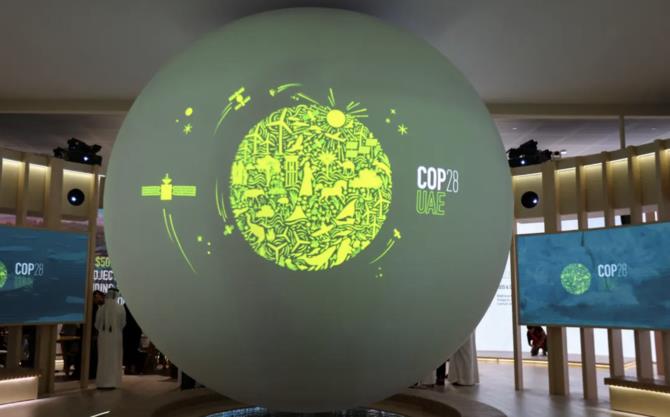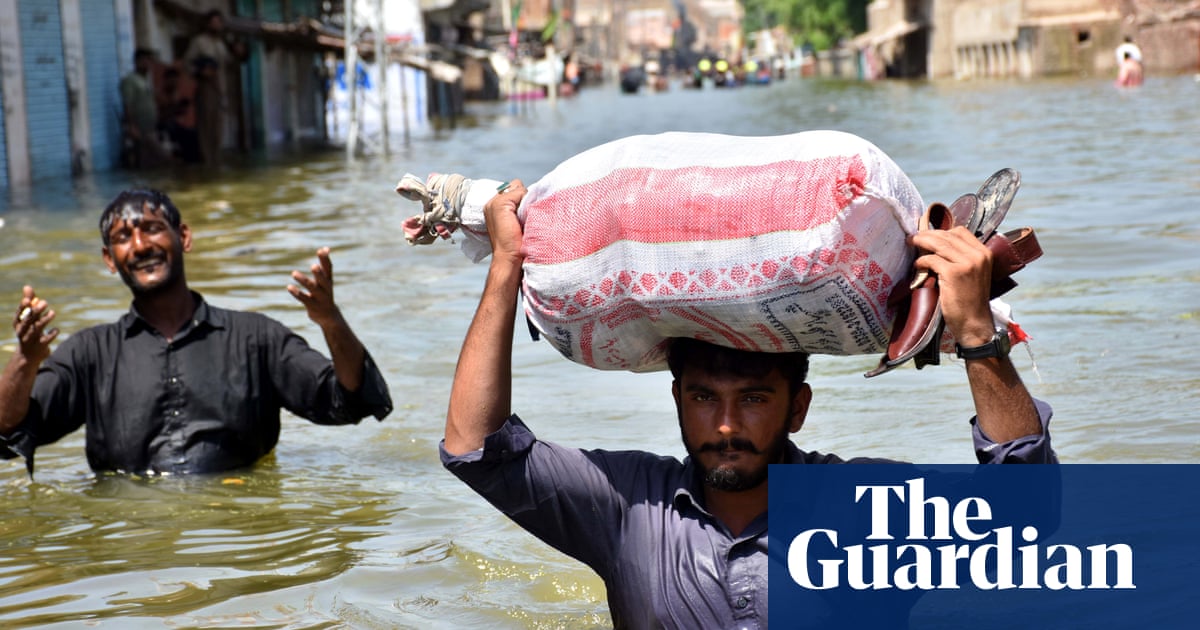
This year is quickly proving to be the world’s make or break moment for rigorous and comprehensive climate action. There are glimmers of hope, and the raft of climate focused summits is encouraging, if we discount a notorious aversion by the world’s worst polluters to commit to an even bolder agenda. For now, the response to the planetary threat posed by climate change has transitioned from ineffective debate to bold commitments and meaningful action.
In the Middle East, it has also created renewed impetus for economic diversification aimed at reducing the dependence on fossil fuels. As an extension of these reforms, there is also likely to be a redefining of social contracts, long delayed but necessary given the state’s expanded role, spurred by the pandemic and the worsening effects of climate change.
Complementing this drive toward irreversible action on climate change is an unprecedented avalanche of incentives and billions of dollars in investments targeting key sectors. It is the most forceful demonstration yet of the planet’s intent to meet shared ambitions, first declared in Paris and reaffirmed this year.
According to the International Energy Agency (IEA), there is a feasible path to limiting global warming to 1.5°C, and achieving net zero greenhouse gas emissions by 2050 — but it is narrow, and dramatic action is needed between now and 2030. Several bottlenecks threaten progress. Neither policy, passion, politics nor money alone can override these limitations and dictate the pace of global energy transitions.
For instance, the path to net zero will require a reduction of about 38 percent in global carbon dioxide emissions by 2030, which will be possible only by rapidly expanding renewable energy generation and by electric vehicles accounting for more than half of new vehicle purchases. Additionally, funding and incentives for clean energy, already at a record high, will have to exceed $4 trillion over the next decade.
There is still a long way to go. Too often, the focus is on what can and should be done, rather than how. For instance, the IEA proposes tripling investment in clean energy across the planet, but underinvestment remains a major problem. Granted, there are pledges to increase climate funding by some governments, coupled with the global financial sector’s slow divestment of its trillion-dollar portfolios from the “dirty energy” sector in favor of renewables, but new investments in clean energy pale in comparison to capital flows targeting upstream oil and gas, even during the pandemic.
The lack of adequate capital is not the only problem. Robust climate action is slowed on the supply side by intense competition for raw materials, land availability, bidding wars on permits, dated transmission infrastructure, environmental concerns (especially in mining), and concerns about profitable scalability. On the demand side, consumers have been slow to adapt, despite intensifying climate activism, growing public awareness, and new policies, incentives, and even legislation. For many, a changing climate remains a nebulous threat, especially in the global north where the worst effects are not as immediately apparent as heatwaves and droughts in poorer regions.
Managing global energy transitions will probably spark a race to secure millions of tons of minerals that the future green economies will depend on. One of the lessons of the pandemic was that self-reliance and the stability of global supply chains are the foundation of economic resilience, and by extension a country’s capacity to respond to future threats. However, unlike the infrastructure for fossil fuels, the supply chains for aluminum, copper, lithium, nickel, cobalt, and rare-earth elements used in batteries, wind turbines and solar panels are geographically concentrated.
That creates a dilemma for nations seeking to build low-carbon economies that depend on raw materials sourced elsewhere. China accounts for over 95 percent of rare-earth metals production, and 70 percent of the world’s cobalt is from the perennially unstable Democratic Republic of Congo. Russia is the third-biggest producer of nickel, and over a quarter of the world’s copper — a core component of the veins of tomorrow’s electric economies — is from Chile. Rapid climate action will inevitably reshape the global landscape, much as fossil fuels define our recent history and current geopolitics.
Furthermore, the developing world is currently dealing with a pandemic and myriad other socioeconomic challenges, while still being expected to commit to decarbonize entire societies and economies — a goal even wealthier nations are struggling with.
Unfortunately, without unprecedented support from the world’s wealthier economies, climate action will remain a distant priority in regions burdened by systemic challenges such as poverty and limited access to healthcare and education. The remaining high-level gatherings this year — the UN General Assembly in September, the G20 summit in October and COP26 in November — are timely opportunities to acknowledge these challenges and propose solutions. Otherwise, the push to achieve the planet’s grand ambitions will only introduce new strains, especially in regions already struggling, ultimately impeding the very transformations the world seeks.












